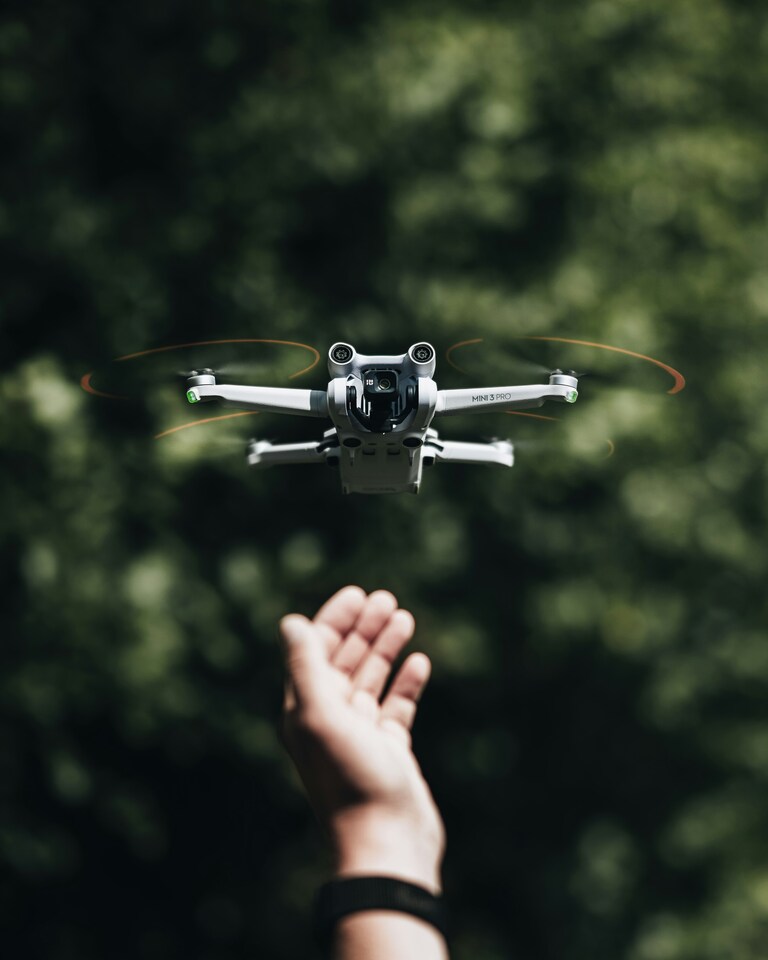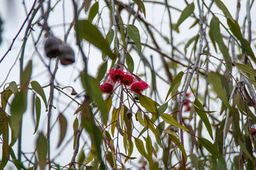Ussi: John, can you share more about your career journey in applied geography and GIS? What specific projects or moments sparked your focus on ecology and environmental applications?
My love of nature started as a kid. I grew up in a rural area and was able to run feral through fields and woods. I chose to study geography as my first degree because it brought together my three subjects from my high school studies: geography, geology, and biology.
I have spent 34 years working in GIS, although most recently I’d describe myself as working in “nature tech.” Throughout those years, I was involved in a wide range of applications of GIS — from pipes and wires to ecological mapping. A growing concern for the state of nature fixed my attention on restoration, so I pursued further studies in the green economy and biodiversity. That’s when I realized my best path was to stay with technology — but focus on nature tech.
I love the interdisciplinary nature of geography. It enables a wider understanding of the complex interactions between Earth systems, nature, and society. In today’s climate and biodiversity crises, geographers are uniquely equipped to help integrate all these elements and communicate both the problems and the solutions.
Ussi: As a founding trustee and active committee member of the Yorkshire Rewilding Network (YRN), how does the organization help connect people and places through rewilding? What key successes or standout projects have you experienced so far?
The very name of the Yorkshire Rewilding Network describes its focus — networking and connecting people. We don’t own land ourselves; instead, our focus is on linking people together and educating them about rewilding principles.
We share inspiring stories on our website, host webinars ranging from project showcases to nature tech talks, and organize annual site visits that allow members to see rewilding in action — from large-scale estates to urban gardens.
One recent success has been a project with local schools, helping students rewild their school grounds and link it to the curriculum, especially in geography and biology. Watching young people rediscover the joy of nature through hands-on learning has been deeply rewarding.
Ussi: With your broad experience in project and product management, what guidance would you give to early-career conservationists who are eager to launch their own restoration projects?
I would recommend early-career conservationists get exposure to a wide range of roles across different types of projects. It’s the best way to build insight and understanding.
I also encourage people to keep learning — invest in yourself with courses and accreditations. I’ve always been a lifelong learner, even recently completing a course in beaver field ecology. Attend events, network, and stay open to serendipity — you never know where your next collaboration might come from!
Ussi: Have you noticed any particular challenges or successes in bringing technology — such as nature tech — into conservation fieldwork? How could WildHub support in addressing these?
One major challenge is the cost and complexity of data acquisition and processing. For example, my colleagues recently had terabytes of data from passive acoustic sensors, but the processing limits on cloud services made it difficult to analyze efficiently.
There’s a lot of excellent free and open-source tech available, but it can be daunting without technical expertise. And amid all the digital tools, we must not forget the value of ground-truthing — the human surveyor remains essential.
WildHub could help by offering a course on nature tech familiarization — covering practical guidance on using sensors, managing remotely sensed data, and turning it into actionable insights. This could save many conservation projects time and effort.
Ussi: As you look ahead in your career, what is your vision for contributing to conservation, and how do you see yourself engaging with the WildHub community to bring that vision to life?
As someone later in my career, I’m looking forward to having more flexibility to focus on helping projects establish a strong project management culture. I want to share lessons learned from my experience to help others launch and sustain impactful conservation work.
John’s story reminds us that conservation is not a single path but a lifelong exploration — where science, technology, and passion for nature meet. Through the WildHub community, his insights on “nature tech” and project culture inspire others to combine innovation with the wisdom of the natural world. As John continues mentoring and connecting people through rewilding and data-driven ecology, his journey embodies the harmony between innovation and nature — a harmony we can all learn from.







Please sign in or register for FREE
If you are a registered user on WildHub, please sign in